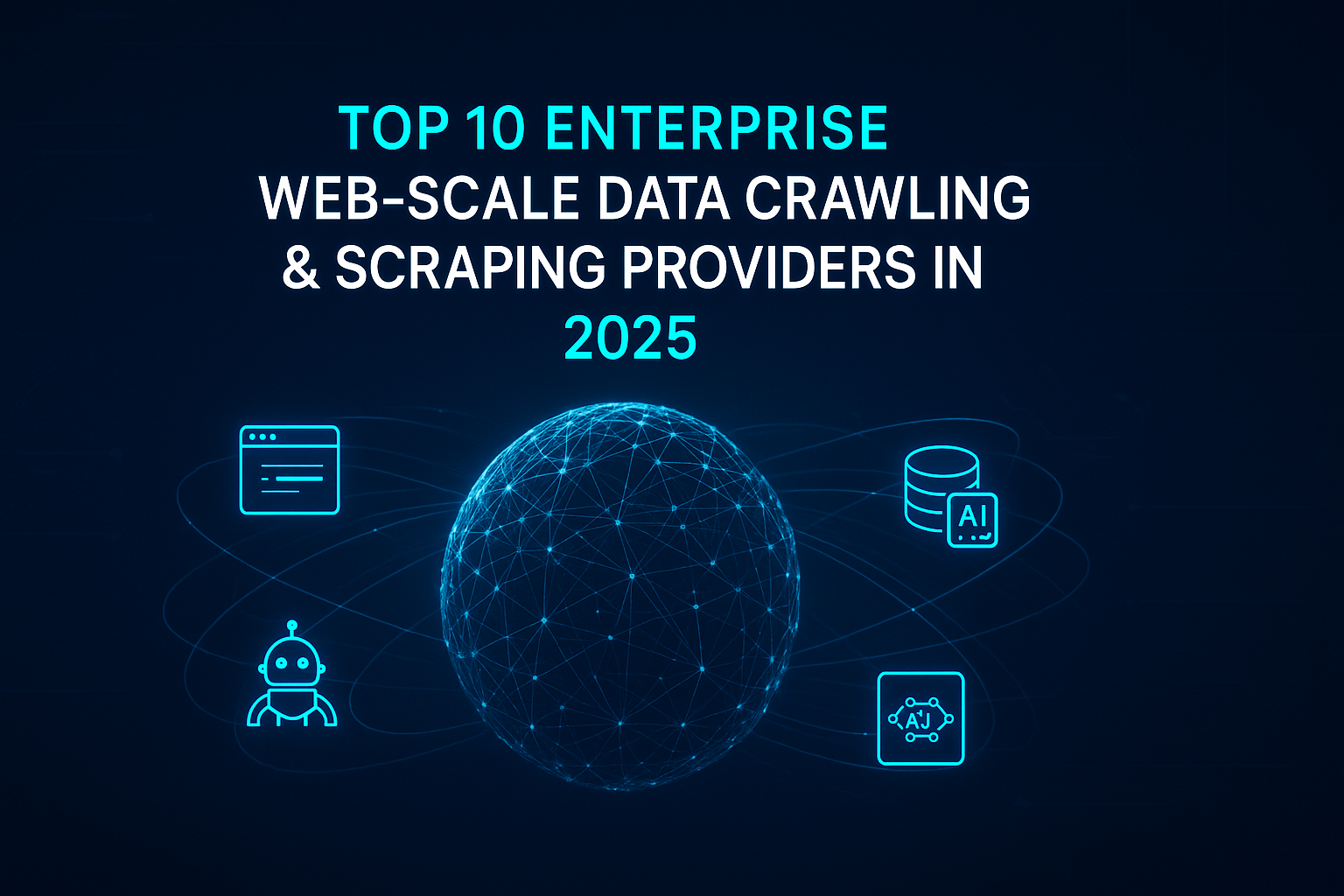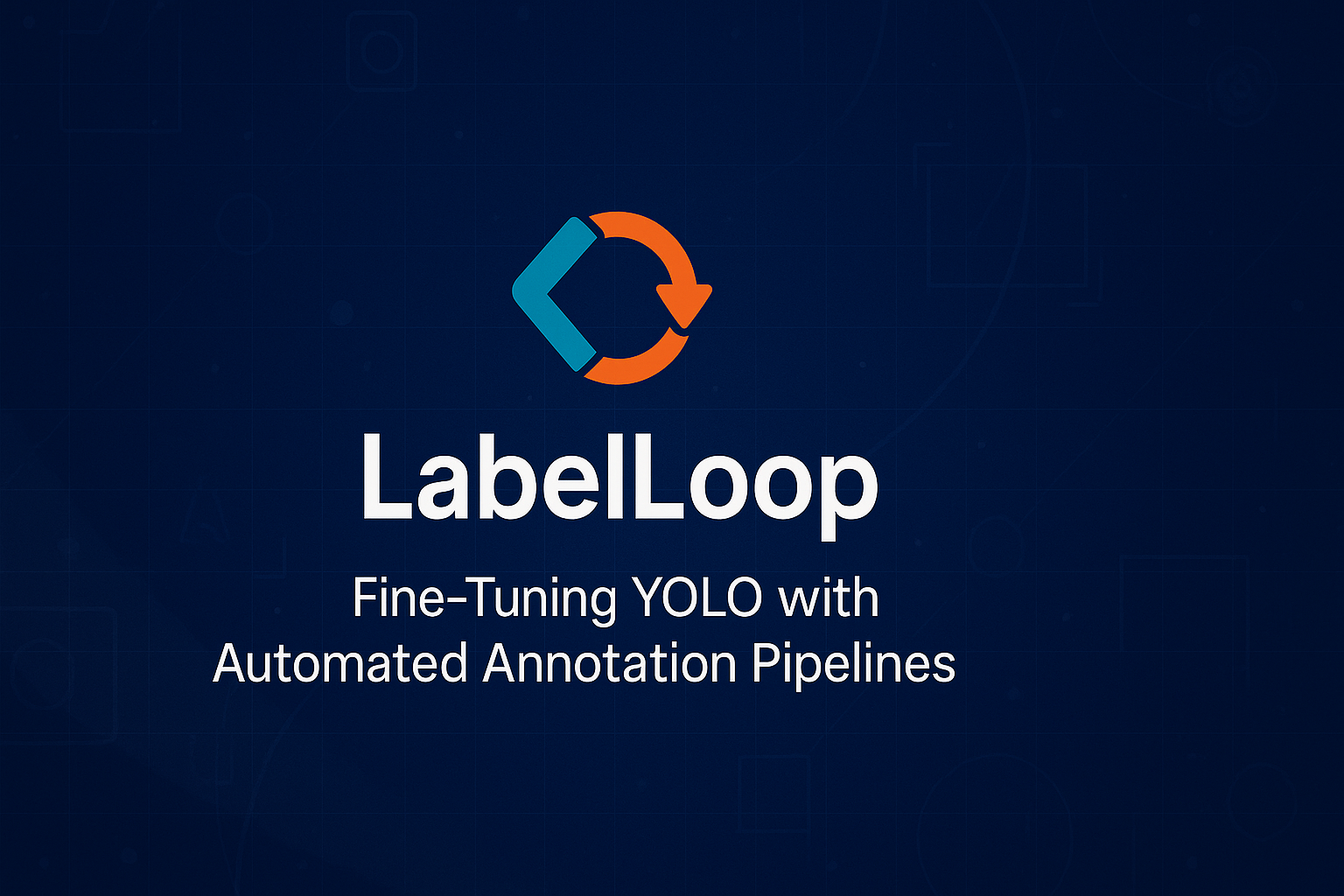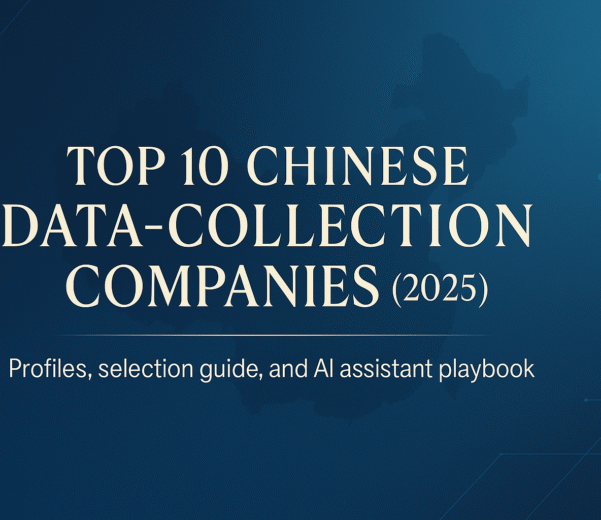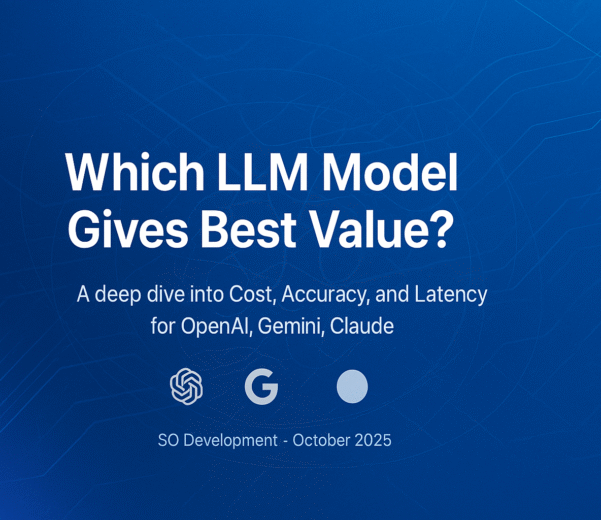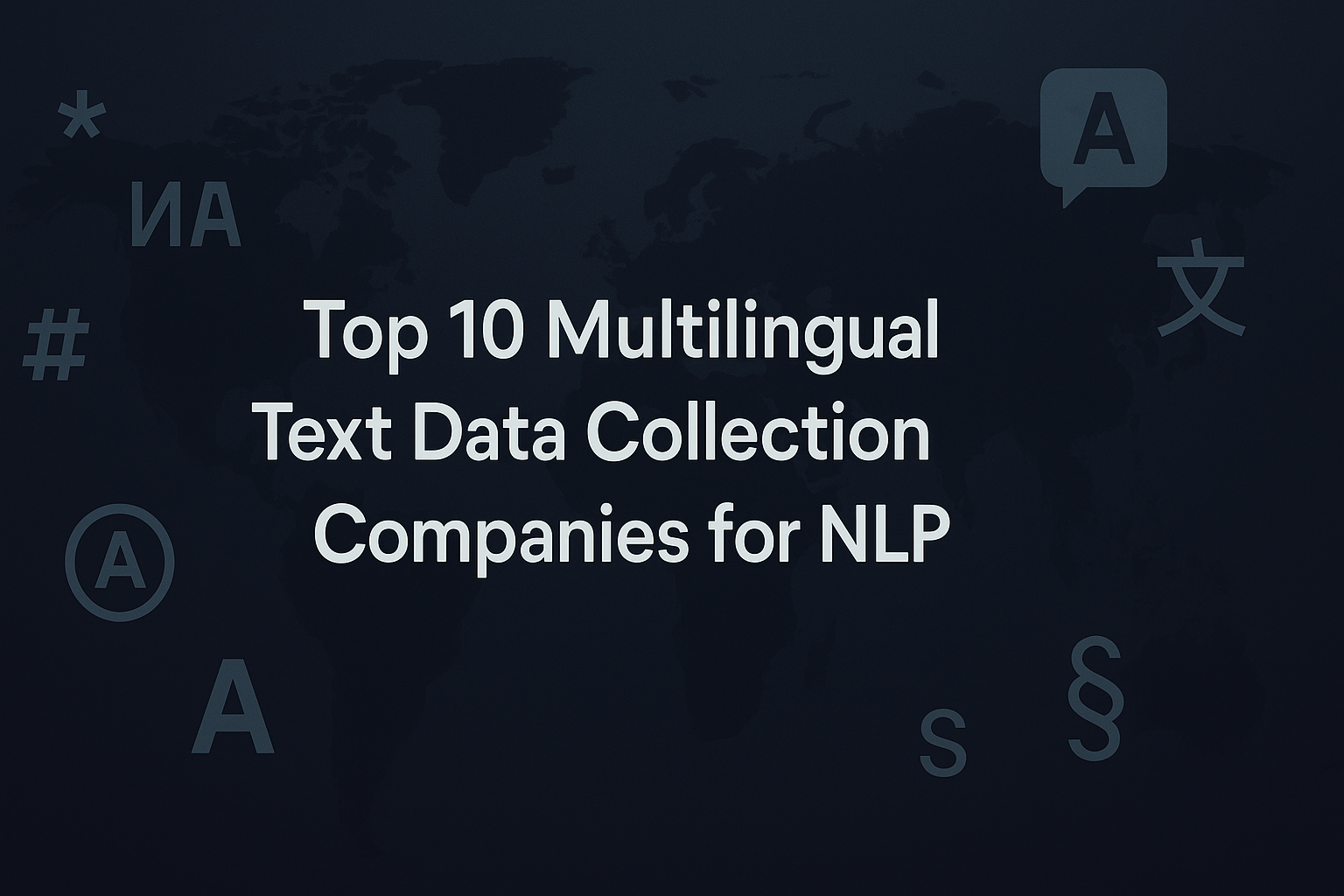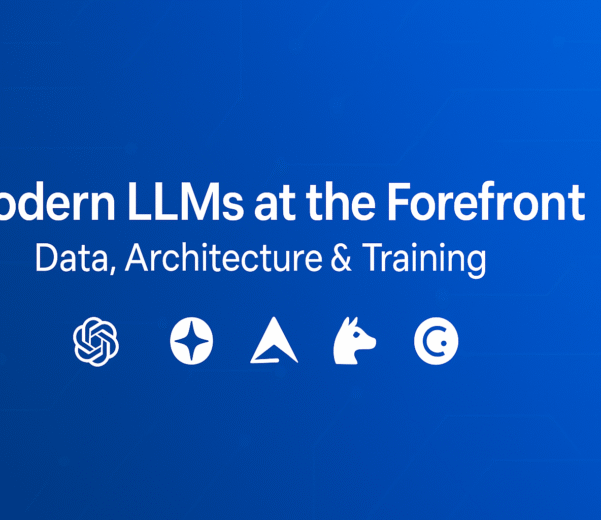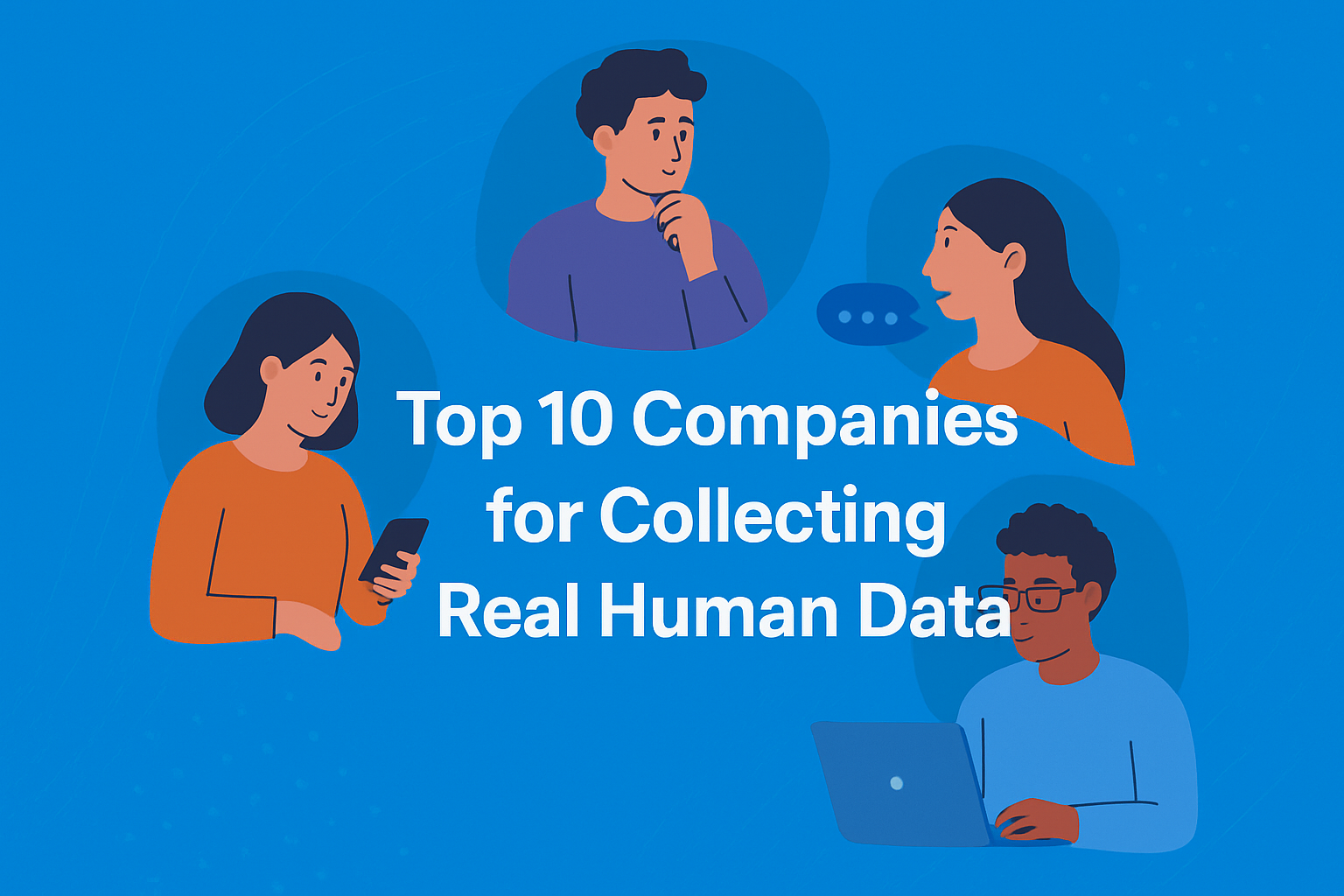Introduction
The business landscape of 2025 is being radically transformed by the infusion of Artificial Intelligence (AI). From automating mundane tasks to enabling real-time decision-making and enhancing customer experiences, AI tools are not just support systems — they are strategic assets. In every department — from operations and marketing to HR and finance — AI is revolutionizing how business is done.
In this blog, we’ll explore the top 10 AI tools that are driving this revolution in 2025. Each of these tools has been selected based on real-world impact, innovation, scalability, and its ability to empower businesses of all sizes.
1. ChatGPT Enterprise by OpenAI
Overview
ChatGPT Enterprise, the business-grade version of OpenAI’s GPT-4 model, offers companies a customizable, secure, and highly powerful AI assistant.
Key Features
Access to GPT-4 with extended memory and context capabilities (128K tokens).
Admin console with SSO and data management.
No data retention policy for security.
Custom GPTs tailored for specific workflows.
Use Cases
Automating customer service and IT helpdesk.
Drafting legal documents and internal communications.
Providing 24/7 AI-powered knowledge base.
Business Impact
Companies like Morgan Stanley and Bain use ChatGPT Enterprise to scale knowledge sharing, reduce support costs, and improve employee productivity.
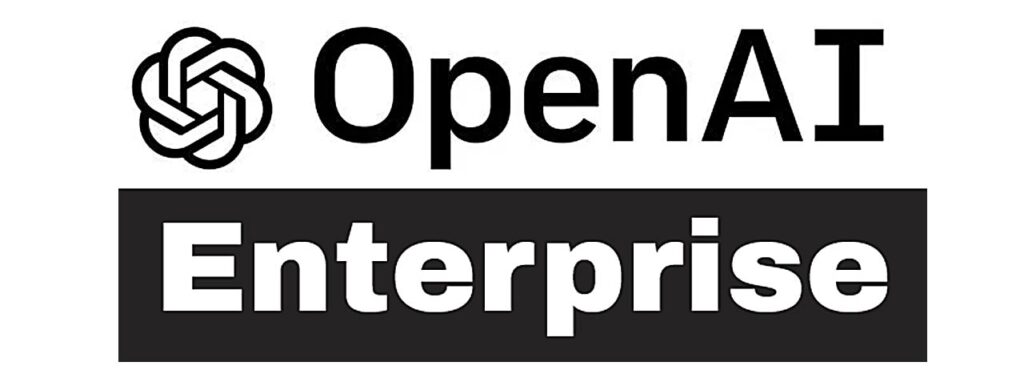
2. Microsoft Copilot for Microsoft 365
Overview
Copilot integrates AI into the Microsoft 365 suite (Word, Excel, Outlook, Teams), transforming office productivity.
Key Features
Summarize long documents in Word.
Create data-driven reports in Excel using natural language.
Draft, respond to, and summarize emails in Outlook.
Meeting summarization and task tracking in Teams.
Use Cases
Executives use it to analyze performance dashboards quickly.
HR teams streamline performance review writing.
Project managers automate meeting documentation.
Business Impact
With Copilot, businesses are seeing a 30–50% improvement in administrative task efficiency.
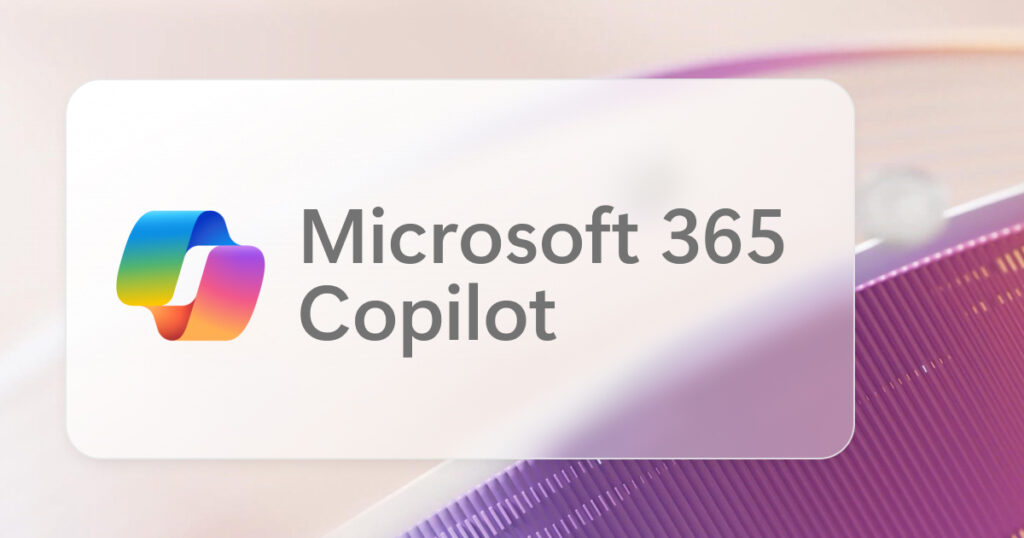
3. Jasper AI
Overview
Jasper is a generative AI writing assistant tailored for marketing and sales teams.
Key Features
Brand Voice training for consistent tone.
SEO mode for keyword-targeted content.
Templates for ad copy, emails, blog posts, and more.
Campaign orchestration and collaboration tools.
Use Cases
Agencies and in-house teams generate campaign copy in minutes.
Sales teams write personalized outbound emails at scale.
Content marketers create blogs optimized for conversion.
Business Impact
Companies report 3–10x faster content production, and increased engagement across channels.

4. Notion AI
Overview
Notion AI extends the functionality of the popular workspace tool, Notion, by embedding generative AI directly into notes, wikis, task lists, and documents.
Key Features
Autocomplete for notes and documentation.
Auto-summarization and action item generation.
Q&A across your workspace knowledge base.
Multilingual support.
Use Cases
Product managers automate spec writing and standup notes.
Founders use it to brainstorm strategy documents.
HR teams build onboarding documents automatically.
Business Impact
With Notion AI, teams experience up to 40% reduction in documentation time.
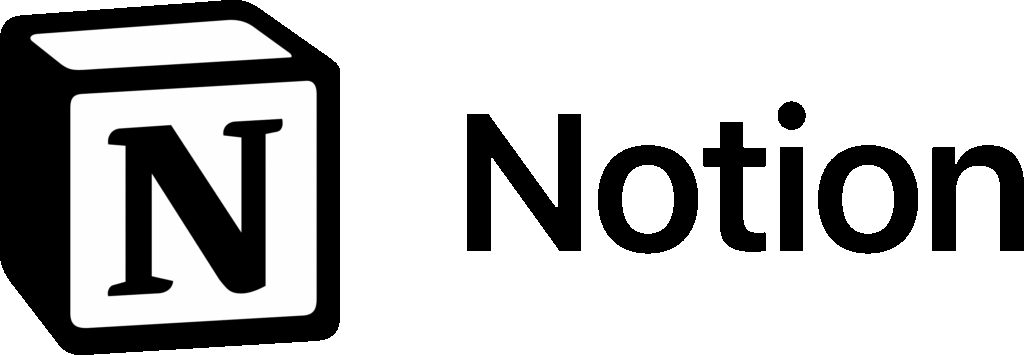
5. Fireflies.ai
Overview
Fireflies is an AI meeting assistant that records, transcribes, summarizes, and provides analytics for voice conversations.
Key Features
Records calls across Zoom, Google Meet, MS Teams.
Real-time transcription with speaker labels.
Summarization and keyword highlights.
Sentiment and topic analytics.
Use Cases
Sales teams track call trends and objections.
Recruiters automatically extract candidate summaries.
Executives review project calls asynchronously.
Business Impact
Fireflies can save 5+ hours per week per employee, and improve decision-making with conversation insights.

6. Synthesia
Overview
Synthesia enables businesses to create AI-generated videos using digital avatars and voiceovers — without cameras or actors.
Key Features
Choose from 120+ avatars or create custom ones.
130+ languages supported.
PowerPoint-to-video conversions.
Integrates with LMS and CRMs.
Use Cases
HR teams create scalable onboarding videos.
Product teams build feature explainer videos.
Global brands localize training content instantly.
Business Impact
Synthesia helps cut video production costs by over 80% while maintaining professional quality.

7. Grammarly Business
Overview
Grammarly is no longer just a grammar checker; it is now an AI-powered communication coach.
Key Features
Tone adjustment, clarity rewriting, and formality control.
AI-powered autocomplete and email responses.
Centralized style guide and analytics.
Integration with Google Docs, Outlook, Slack.
Use Cases
Customer support teams enhance tone and empathy.
Sales reps polish pitches and proposals.
Executives refine internal messaging.
Business Impact
Grammarly Business helps ensure brand-consistent, professional communication across teams, improving clarity and reducing costly misunderstandings.

8. Runway ML
Overview
Runway is an AI-first creative suite focused on video, image, and design workflows.
Key Features
Text-to-video generation (Gen-2 model).
Video editing with inpainting, masking, and green screen.
Audio-to-video sync.
Creative collaboration tools.
Use Cases
Marketing teams generate promo videos from scripts.
Design teams enhance ad visuals without stock footage.
Startups iterate prototype visuals rapidly.
Business Impact
Runway gives design teams Hollywood-level visual tools at a fraction of the cost, reducing time-to-market and boosting brand presence.

9. Pecan AI
Overview
Pecan is a predictive analytics platform built for business users — no coding required.
Key Features
Drag-and-drop datasets.
Auto-generated predictive models (churn, LTV, conversion).
Natural language insights.
Integrates with Snowflake, HubSpot, Salesforce.
Use Cases
Marketing teams predict which leads will convert.
Product managers forecast feature adoption.
Finance teams model customer retention trends.
Business Impact
Businesses using Pecan report 20–40% improvement in targeting and ROI from predictive models.
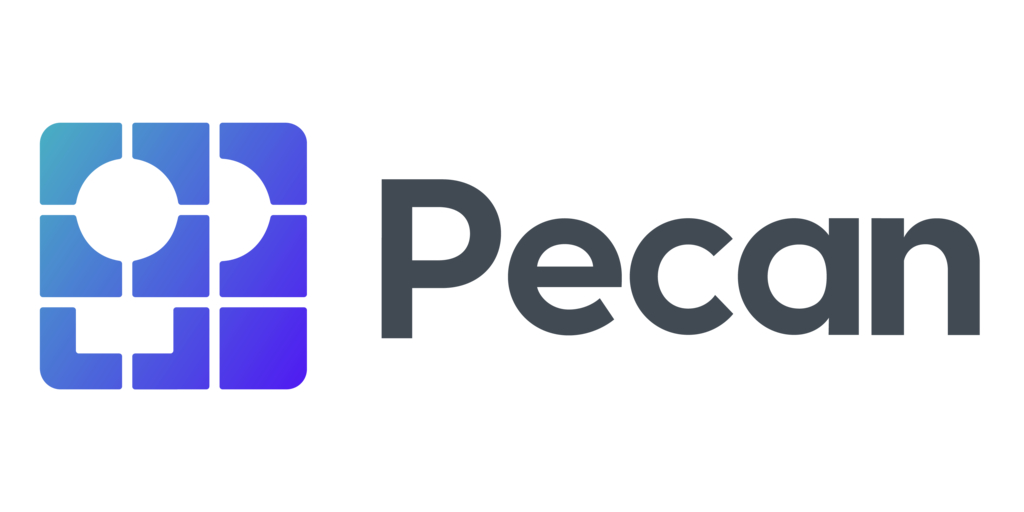
10. Glean AI
Overview
Glean is a search engine for your company’s knowledge base, using semantic understanding to find context-aware answers.
Key Features
Integrates with Slack, Google Workspace, Jira, Notion.
Natural language Q&A across your apps.
Personalized results based on your role.
Recommends content based on activity.
Use Cases
New employees ask onboarding questions without Slack pinging.
Engineering teams search for code context and product specs.
Sales teams find the right collateral instantly.
Business Impact
Glean improves knowledge discovery and retention, reducing information overload and repetitive communication by over 60%.

Comparative Summary Table
| AI Tool | Main Focus | Best For | Key Impact |
|---|---|---|---|
| ChatGPT Enterprise | Conversational AI | Internal ops, support | Workflow automation, employee productivity |
| Microsoft Copilot | Productivity suite | Admins, analysts, executives | Smarter office tasks, faster decision-making |
| Jasper | Content generation | Marketers, agencies | Brand-aligned, high-conversion content |
| Notion AI | Workspace AI | PMs, HR, Founders | Smart documentation, reduced admin time |
| Fireflies | Meeting intelligence | Sales, HR, Founders | Actionable transcripts, meeting recall |
| Synthesia | Video creation | HR, marketing | Scalable training and marketing videos |
| Grammarly Business | Language & tone AI | Sales, support, executives | Better communication, brand consistency |
| Runway ML | Creative media AI | Designers, marketers | Hollywood-level content at low cost |
| Pecan AI | Predictive analytics | Marketing, finance | Data-driven forecasting for ROI |
| Glean AI | Enterprise search | Everyone | Smarter access to business knowledge |
AI Trends That Define 2025
Multimodal AI: Combining text, image, voice, and video — tools like Runway and ChatGPT are moving beyond text-only.
Agentic Workflows: AI not just suggesting, but acting — booking meetings, generating emails, executing logic.
Private Cloud AI: With concerns about data sovereignty, more enterprises deploy AI models within private environments.
AI for SMBs: Low-code/no-code AI tools like Jasper and Fireflies are giving startups enterprise-level power.
Employee AI Enablement: AI onboarding, assistants, and training are helping reskill internal teams in real time.
Ethical and Operational Considerations
Despite their potential, deploying AI tools comes with challenges:
Data privacy: Who owns the data processed by these tools?
Bias and fairness: Are models making fair predictions and outputs?
Job displacement: Which roles should be augmented, not replaced?
Vendor lock-in: Can your AI stack adapt and integrate?
Forward-thinking businesses invest in AI literacy, governance frameworks, and pilot programs before company-wide rollouts.
Conclusion
The top 10 AI tools of 2025 are doing more than just speeding up work — they’re redefining how we collaborate, strategize, and innovate. From automating meetings and content to making data-driven decisions in real-time, these tools are empowering businesses to do more with less, faster.
The AI revolution is no longer a future projection. It is happening now, reshaping the business world one intelligent workflow at a time.
Whether you’re a startup, SMB, or Fortune 500 firm, embracing the right AI tools today can set the foundation for tomorrow’s success.




